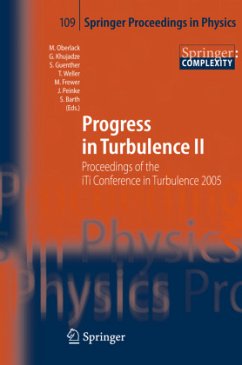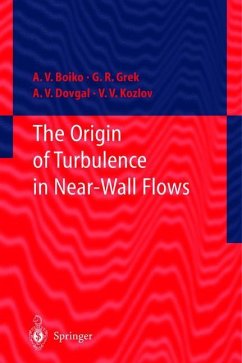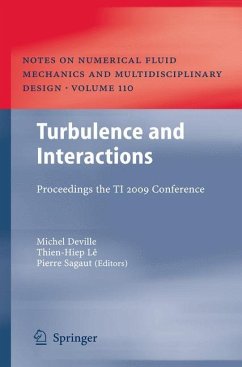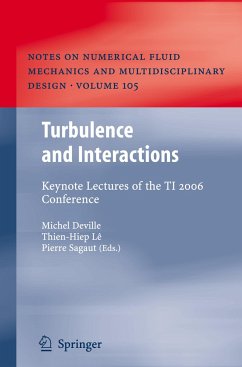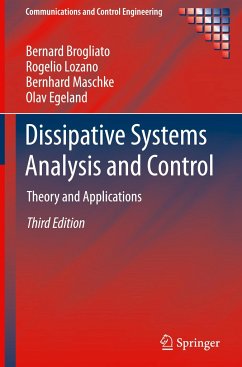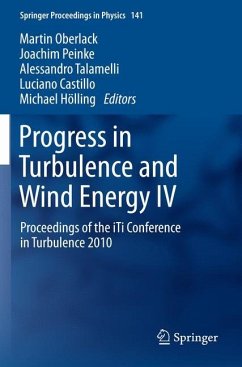
The Statistical Dynamics of Turbulence
Versandkostenfrei!
Versandfertig in 6-10 Tagen
76,99 €
inkl. MwSt.
Weitere Ausgaben:

PAYBACK Punkte
38 °P sammeln!
This short but complicated book is very demanding of any reader. The scope and style employed preserve the nature of its subject: the turbulence phe nomena in gas and liquid flows which are believed to occur at sufficiently high Reynolds numbers. Since at first glance the field of interest is chaotic, time-dependent and three-dimensional, spread over a wide range of scales, sta tistical treatment is convenient rather than a description of fine details which are not of importance in the first place. When coupled to the basic conserva tion laws of fluid flow, such treatment, however, leads to an...
This short but complicated book is very demanding of any reader. The scope and style employed preserve the nature of its subject: the turbulence phe nomena in gas and liquid flows which are believed to occur at sufficiently high Reynolds numbers. Since at first glance the field of interest is chaotic, time-dependent and three-dimensional, spread over a wide range of scales, sta tistical treatment is convenient rather than a description of fine details which are not of importance in the first place. When coupled to the basic conserva tion laws of fluid flow, such treatment, however, leads to an unclosed system of equations: a consequence termed, in the scientific community, the closure problem. This is the central and still unresolved issue of turbulence which emphasizes its chief peculiarity: our inability to do reliable predictions even on the global flow behavior. The book attempts to cope with this difficult task by introducing promising mathematical tools which permit an insight into the basic mechanisms involved. The prime objective is to shed enough light, but not necessarily the entire truth, on the turbulence closure problem. For many applications it is sufficient to know the direction in which to go and what to do in order to arrive at a fast and practical solution at minimum cost. The book is not written for easy and attractive reading.






